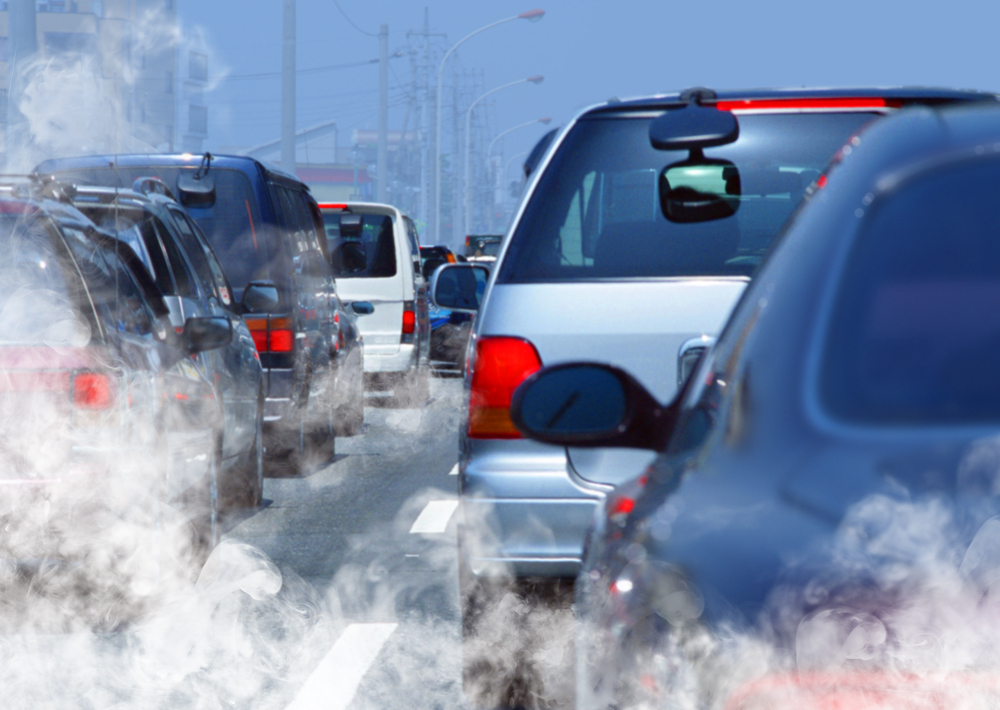On March 9, 2022, the Biden administration EPA announced it is reinstating the “California Waiver,” which provides the Golden State with its regulatory authority to set more stringent fuel efficiency and vehicle greenhouse gas (GHG) emissions standards. This decision reverses the previous administration’s action that had removed this authority.
“Today, we proudly reaffirm California’s longstanding authority to lead in addressing pollution from cars and trucks,” said EPA Administrator Michael S. Regan. “Our partnership with states to confront the climate crisis has never been more important. With today’s action, we reinstate an approach that for years has helped advance clean technologies and cut air pollution for people, not just in California, but for the U.S. as a whole.”
“This action concludes the agency’s reconsideration of 2019’s Safer Affordable Fuel-Efficient Vehicles Rule Part One: One National Program Rule (SAFE-1) by finding that the actions taken under the previous administration as a part of SAFE-1 were decided in error and are now entirely rescinded,” an EPA news release says.
This action also withdraws the Safe1 Clean Air Act (CAA) interpretation that prevented other states from adopting and enforcing California GHG emissions standards in lieu of utilizing federal standards.
Background
California received a CAA waiver back in the ’60s that allowed it to set its own motor vehicle emissions standards. At the time, the EPA granted the waiver continuously, unless the Agency determined:
- That the state was arbitrary and capricious in its finding that its standards were at least as protective of public health and welfare as applicable federal standards;
- That the state did not need such standards to meet compelling and extraordinary conditions; or
- That such standards and accompanying enforcement procedures were not consistent with Section 202(a) of the CAA.
Although the waiver is only effective in California, it establishes nationwide standards because automakers won’t go to the expense of building special models to sell only in that state. And, traditionally, many other states typically utilize California vehicle emissions standards.
However, in 2019, the Trump EPA revoked the California waiver for economic and safety reasons. The revocation resulted in a huge backlash from automakers, environmental groups, and the state, which included a lawsuit filed against the EPA by California and several other states. Due to one of President Joseph Biden Jr.’s initial Executive Orders (EOs), the lawsuit did not proceed.
With the reinstatement, analysts expect California to push forward with more stringent GHG vehicle emissions standards.
A September 2020 California EO called for state agencies to “include enhanced zero-emission vehicle standards for the next round of tailpipe emission standards—2026 to 2035—and to possibly require that 100% of new passenger car and truck sales be zero-emission vehicles by 2035. Further, California’s Advanced Clean Trucks rule, which would require a select number of new medium and heavy duty trucks to be zero-emissions vehicles by 2025, may also gain traction on a national level,” reports a Lexology article by Morgan, Lewis & Bockius LLP.
As California moves ahead with more ambitious standards, it could provide the much-needed momentum the Biden administration needs to make progress on its own goals for more stringent GHG emissions standards and other climate change-related goals.

